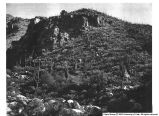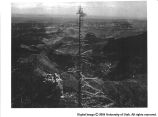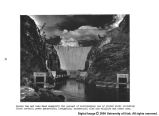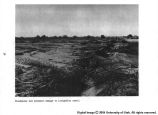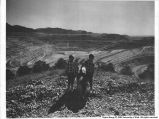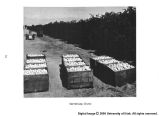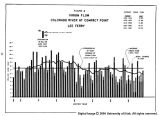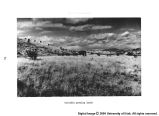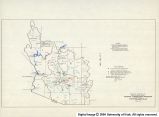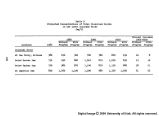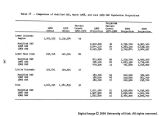| OCR Text |
Show minimized, especially with respect to air and water pollution, ecology, and esthetics. Water requirements of the mineral industry may be met by direct diversion of imported water, by upstream developments on the basis that downstream rights would be met by exchange for imported water, or by continued ground-water development where available. Recreation Recreation needs of the Region, above available supply, are projected to increase from ihk million recreation days in 1965 to 672 million rec- reation (Jays in 2020, Under existing legal, institutional, financial, and physical constraints, only about k2 percent of these needs can be met. To satisfy the remaining 58 percent of the needs will require elimina- tion or modification of these constraints and a greater degree of Federal participation. Water-based recreation needs will climb to 193 million recreation days annually by 2020. Maximum water augmentation, development, and use under the framework plan will supply a part of the water-based recreation needs. Land acquisition in the amount of 60,000 acres will be required to satisfy the non-Federal recreation needs. Fish and Wildlife The annual demand for fishing would increase from a 1965 level of k.O million man-days to 26.0 million man-days in year 2020. Multi- purpose developments authorized to be constructed by 1980, including the Alamo, Dixie, and Central Arizona Projects, have the potential to provide L.2 million man-days of fishing annually. Numerous smaller fishing r-eservoirs are planned for construction by state and Federal agencies and by Indian Tribes to provide 2.0 million man-days of fish- ing annually by I98O. After 198O, proposed water developments, pri- marily multipurpose, are expected to provide an additional 1.02 million man-days annually by 2020, To satisfy fishing demands not met by the above developments, the fish and wildlife program provides for addi- tional fishery developments in 1980, 2000, and 2020 that would provide a total of 16.O million man-days of fishing annually by year 2020. The demand for hunting is expected to increase from a 1965 level of 1.3 million man-days to 5.1 million man-days annually in 2020. A primary concern in satisfying the demands for wildlife resources is the preservation and improvement of existing habitat. In the Lower Colorado Region, most of the valuable wildlife habitat is on lands administared by public agencies, thus providing significant opportun- ities for- further wildlife development. Satisfying a part of the demand for fish and wildlife resources and achieving optimum multiple- use of public lands are dependent upon improving the existing habitat and accelerating development to increase fish and wildlife production. Xll |


























